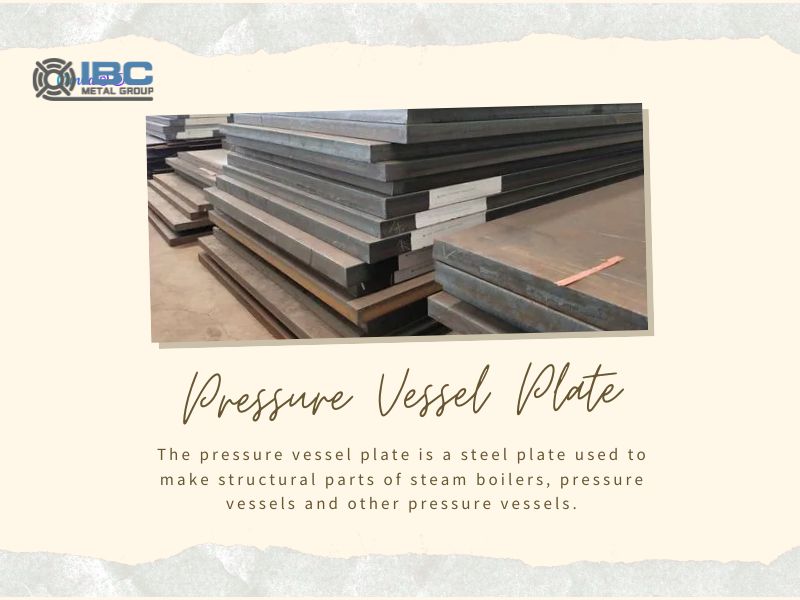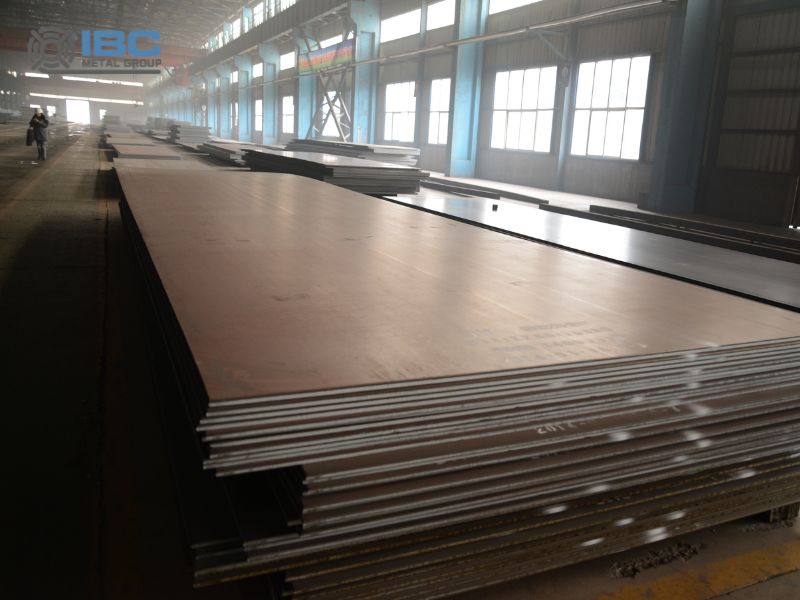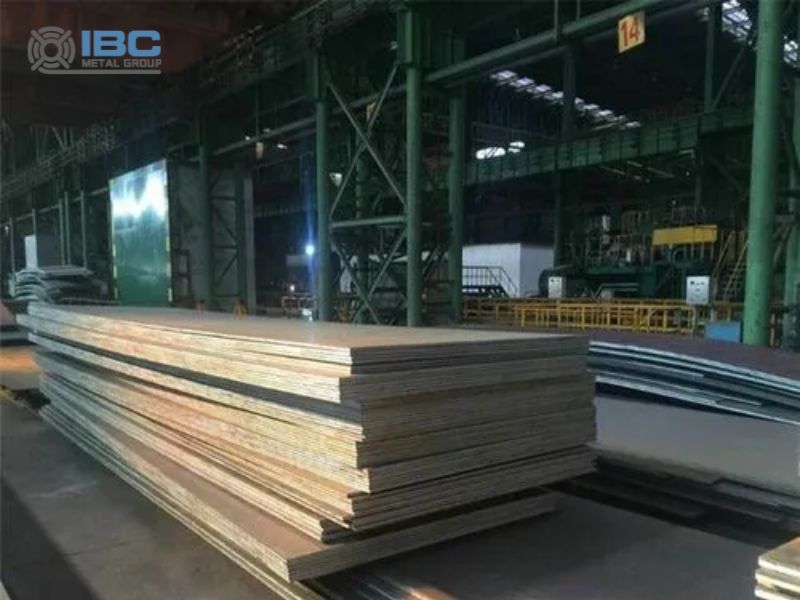The pressure vessel plate needs to withstand a certain air pressure and water pressure, and the use of different temperatures, such as high, medium and low temperatures. Therefore, its requirements are more strict. In addition to requiring a certain strength, toughness, it also requires uniform material, strictly limit harmful defects.

Production Process
1. Material preparation: Prepare the required raw materials, including steel plate, welding rod, gas, etc. The steel plate should meet the relevant standard requirements, the welding rod is the right type, and the gas should ensure the quality and purity.
2. Cutting processing: Workers will cut the steel plate according to the design requirements, including cutting, bending, punching and so on. When cutting, pay attention to ensure dimensional accuracy and surface flatness, when bending, pay attention to avoid cracks and deformation, and pay attention to the accuracy of the aperture and position when punching.
3. Welding and assembly: Welding and assembly of steel plates after cutting, including butt welding, fillet welding, lap welding, etc. When welding, pay attention to ensure the welding quality and the firmness of the weld, to avoid cracks, pores and other defects in the weld.
4. Heat treatment: Heat treatment of the welded steel plate, including annealing, normalizing, quenching, etc. During heat treatment, attention should be paid to ensuring the accuracy of temperature and time to avoid excessive or insufficient heat treatment effects.
5. Inspection and acceptance: The workers will inspect and accept the pressure vessel plate, including appearance inspection, size measurement, weld detection, heat treatment effect detection, etc. When testing, workers should ensure the accuracy of the detection and the correctness of the detection method to avoid missing or false detection.

Performance Profile of Pressure Vessel Plate
1. Strength and toughness: It needs to have sufficient strength and toughness to ensure that it will not crack or deform when subjected to pressure. This strength and toughness are usually controlled by the chemical composition of the material and the heat treatment process.
2. Material uniformity: Material uniformity to avoid harmful defects, such as inclusions, pores and so on. These defects may affect the mechanical properties and corrosion resistance of the steel plate.
3. Corrosion resistance: In some use environments, it needs to have good corrosion resistance to prevent damage caused by medium erosion. Corrosion resistance is usually improved by selecting the appropriate alloying elements and applying the appropriate surface treatment.
4. Weldability: It needs to have good weldability in order to carry out welding operations during the manufacturing process. Weldability depends on the chemical composition of the material and the choice of welding process.
5. Dimensional accuracy: The pressure vessel plate requires a high dimensional accuracy to ensure that it can be accurately matched and assembled during manufacturing. Dimensional accuracy is usually achieved by controlling the rolling process and the heat treatment process.

Why choose IBC
Why do many customers choose IBC Group to purchase pressure vessel plates? The main reasons are as follows:
10+ years Export Experience: We do steel products in north China for over 10 years, we could find what you need in short time.
Accept small orders: We are able to provide customers with small order products service. Whatever the customer’s needs are, they will be met here.
Quality control: IBC Group products are ISO 9001 certified and can be inspected by third parties if necessary. So customers do not need to worry about the quality of the product.
One-stop service: Customers will experience a truly one-stop service in our company. From product consultation to product loading, there are special people to serve you, so that you are more relaxed.

Contact with us today!



